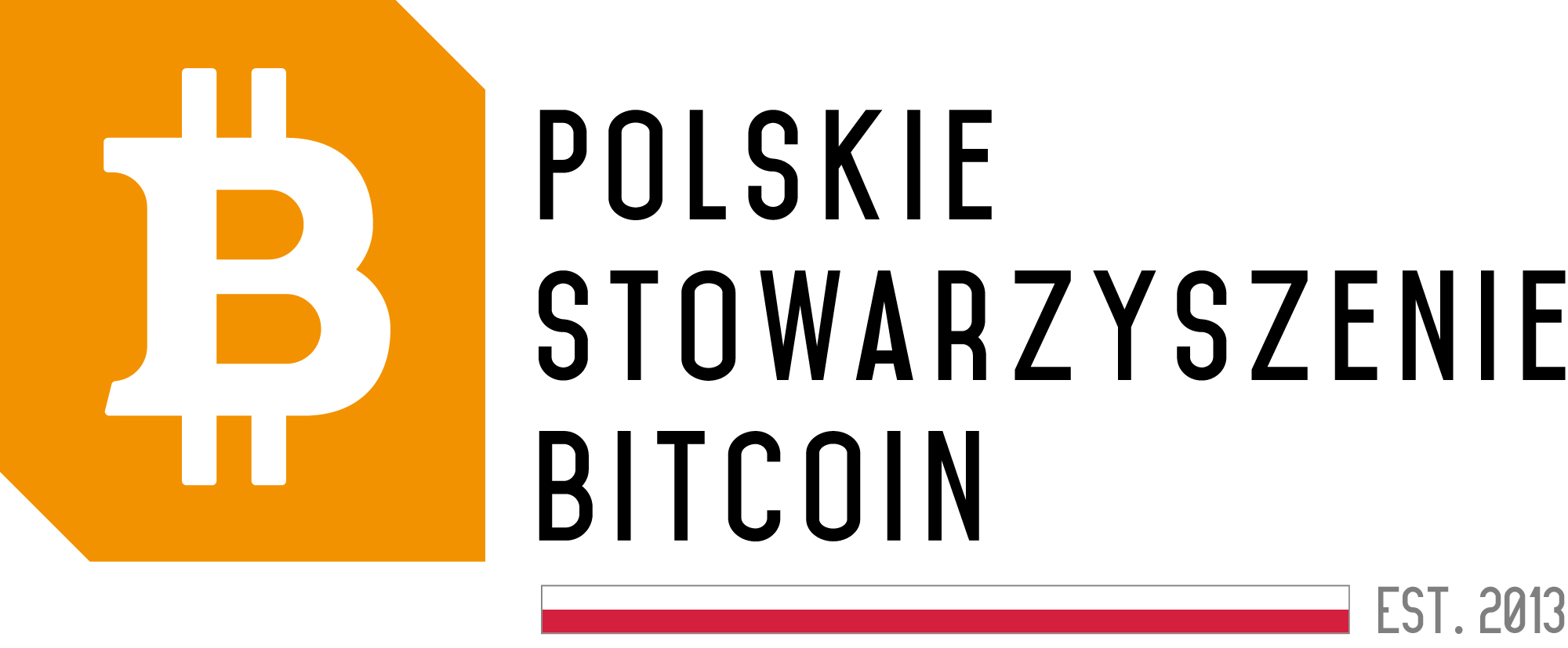modular proof verification
Modular Proof of Attestation, also known as Modular Proof of Authority (MPoA), is an innovative consensus mechanism used in the world of cryptoassets. It operates by dividing the transaction verification process into separate modules, allowing for a more efficient and scalable functioning of the blockchain. Within MPoA, each module is responsible for verifying a specific part of the transactions, speeding up the entire process and increasing the system’s efficiency.
Benefits of implementing modular proof of attestation:
One of the main advantages of modular proof of attestation is the improvement of blockchain efficiency through parallel transaction processing. By dividing the verification process into modules, the system can operate faster and handle a greater number of transactions in a shorter period of time. Additionally, MPoA also enables easier scaling of the blockchain, which is crucial given the growing number of users and transactions.
How does modular proof of attestation work?
Within modular proof of attestation, blockchain network nodes are divided into separate modules, each responsible for verifying a specific group of transactions. Each module has its unique permissions and roles, ensuring the smooth and secure operation of the system. When a transaction is broadcasted to the network, the relevant modules simultaneously verify its authenticity, eliminating the need to wait for confirmation from all nodes.
Conclusion
Modular proof of attestation is an innovative solution that enhances the efficiency and scalability of the blockchain. By dividing the verification process into separate modules, the system can operate faster and more effectively. Introducing MPoA can contribute to the advancement of blockchain technology and provide users with faster and smoother transactions.






